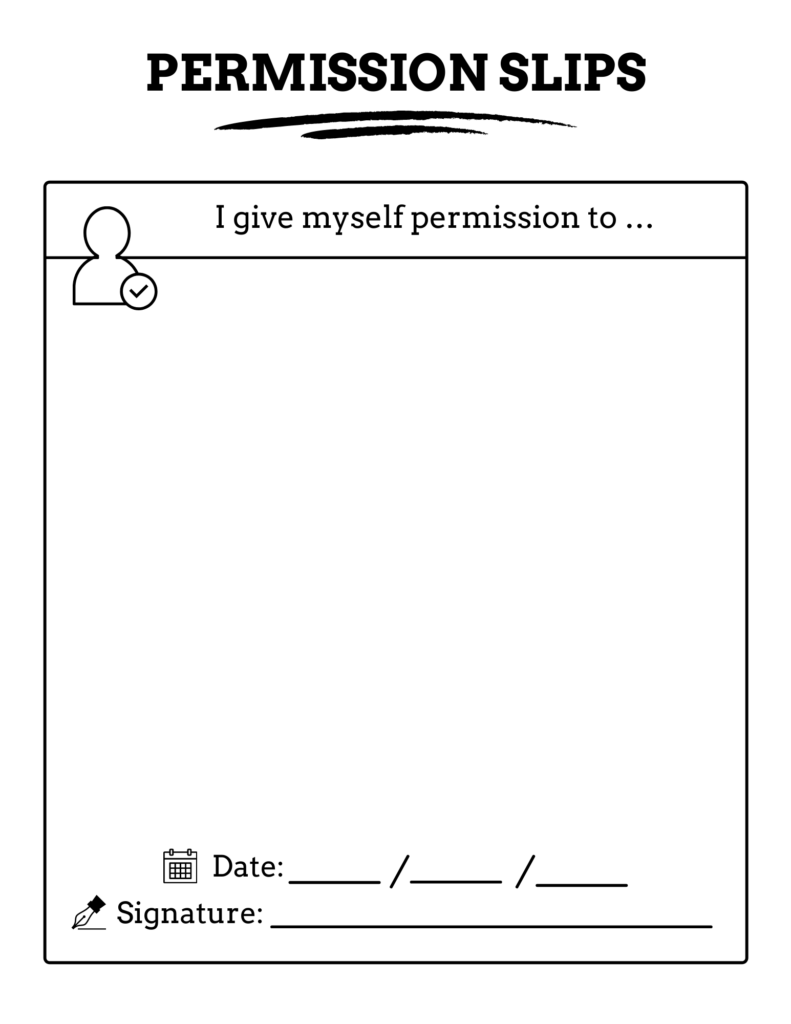Principle:
To pursue a goal we want, we sometimes need to give ourselves permission.
LeAnn Hunt Explains the Permission Principle
A coaching client in her 50s had just sold a successful business franchise and started coaching to figure out her next phase of life as a recently retired empty nester. She asked, “Is it okay if I take a few months and just do nothing?” “Permission granted,” I replied. In that 30 seconds, the biggest benefit of the coaching session was over. She just needed to give herself permission to do what she wanted to do. Sometimes that means permission to neglect other things to create the time, money, energy, space, or other resources to work on a goal that’s meaningful to us.
When we ask ourselves if it’s okay to want, need, think, or feel what we are wanting, needing, thinking, or feeling, it seems obvious to say yes, because that’s what you’re experiencing. But for a multitude of reasons we sometimes don’t think it’s okay. That’s where permission comes in. To explicitly give ourselves permission to want, need, think, or feel whatever it is can relieve the worry and discomfort of second guessing ourselves.
What does permission look like in a Goal Journal?
Permission can be included in a goal journal in a variety of ways:
- It can be a box on your goal declaration page.
- It can be a simple statement of permission
- Or creatively made to look like a school permission slip.
Why bother? If you’ve done the emotional and mental work of realizing that you need to give yourself permission to use resources to work on this goal, honor that effort by writing it down. When you come back to the goal in your goal journal, you’ll have a reminder that it’s okay to neglect other parts of your life for a bit while you tackle this goal that you want for now.

